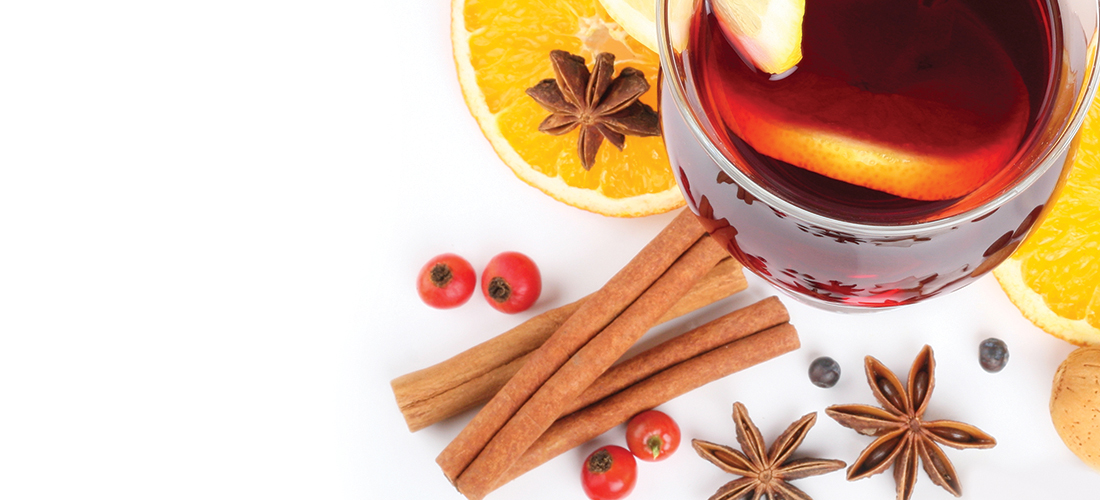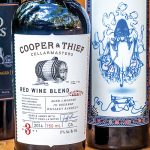
Add a little “glowing wine” to your holiday traditions
By Robyn James
This holiday season, consider adding some European customs to your festivities for an Old World feel. Here’s a concoction that dates back to the 1400s in Germany and the 1300s in cookbooks in Great Britain.
Glühwein, known throughout Europe and South America by many other names, is a staple at Christmas and throughout the winter months.
Glühwein literally means “glowing wine” in German and is reported to be originated by folks who had red wine that was on the cusp of spoiling, so they added cinnamon sticks, cloves, star anise, oranges and sugar, then heated the wine up to make it palatable so it would last longer. Occasionally they would drink it “mit Schuss” (with a shot) of rum or another liquor. The glowing wine term stems from the contraption (irons with long handles) they used to heat up over a fire and then dip into the Glühwein mix to mull it (warm it up).
Throughout all the little villages in Germany, there are pockets of charming outdoor markets that sell goods and feature their own Glühwein by the glass and the bottle during the holidays. Each individual market has its personal recipe of Glühwein and the signature little pottery mug you can purchase to drink its particular Glühweins. They are coveted German souvenirs.
What food does Germany pair up with Glühwein? Yum, “Lebkuchen,” a chewy German spice cake, along with roasted almonds, potato pancakes and “stollen,” a very dense fruitcake. In Sweden the typical accompaniment is gingerbread and “Lussebullar,” a type of sweet bun with saffron and raisins. Norway pairs its Glühwein with a traditional cold rice pudding.
Glühwein is not exclusive to Germany and England; it is common in the Alsace region of France and many other European countries, including Sweden, Denmark, Romania and Hungary. They all have their native names and twists on the recipes. In France it is referred to as “vin chaud,” meaning “hot wine.” The French back off on the honey and sugar in their Glühwein, preferring a drier version.
It’s not the norm but you can find some German markets that sell white Glühwein, and a little bit is imported to the United States. A small amount of spices and fruits are just infused into a full-bodied white wine.
While Glühwein is a very traditional drink for the entire Christmas holidays, there is a traditional German version for New Year’s Eve called “Feuerzangenbowle” that uses the same recipe but incorporates a rum-soaked, cone-shaped sugar loaf that is set on fire and drips into the wine.
In Great Britain they traditionally use a combination of orange, lemon, cinnamon, nutmeg, star anise, cloves, cardamom and ginger. They may boil the spices in sugar syrup before they add the red wine. They have been known to blend the spices with port, brandy or ginger wines. They often use a tea bag of spices added to the heated wine and served in porcelain or glass mugs with a garnish of an orange slice studded with cloves.
St. Lorenz winery out of the Mosel region of Germany exports its Christkindl Glühwein into the United States in a colorful one-liter bottle priced under $10. This wine is already infused with cinnamon, cloves, oranges, lemon and sugar so all you have to do is gently warm it up and break out the gingerbread cookies! Give Glühwein a try this holiday season! PS
Robyn James is a certified sommelier and proprietor of The Wine Cellar and Tasting Room in Southern Pines. Contact her at robynajames@gmail.com.





